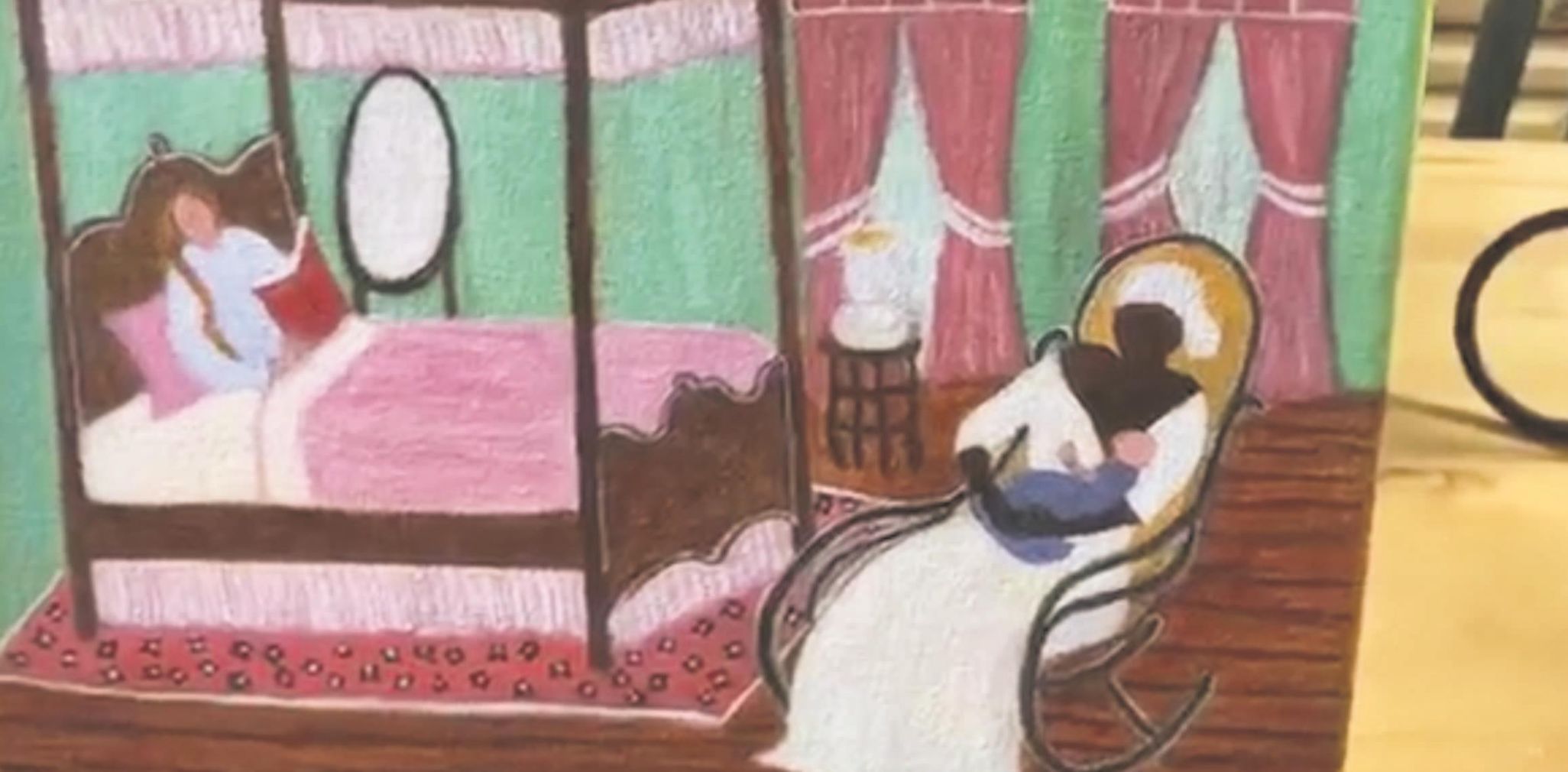
Animals adjusting to shelter
November 12, 2016
Dorothy Laque
November 12, 2016Until recently, Mary Walker’s paintings had been drawn from girlhood memories, and the recollections of life on sugar cane plantations given to her from grandparents and other relatives.
But last month the Napoleonville artist was given an advance copy of a book that deals with a dark segment of the Bayou Region’s past, and after reading it she was moved to combine the inspirations for her prior works with subject matter in the book.
The result is a series of paintings created in her Napoleonville studio drawn from “The Thibodaux Massacre: Racial Violence and the 1887 Sugar Cane Labor Strike” (The History Press, Charleston, SC, 2016)
The book gives an unprecedented view of what occurred on Nov. 23, 1887, when white vigilantes attacked striking sugar cane workers in Thibodaux, where thousands had taken shelter during a month-long strike of plantations in Terrebonne and Lafourche.
In order to provide context, author John DeSantis – Senior Staff Writer at The Times – delved into the local history of sugar and slaves, the Civil War and Reconstruction, elements he saw as fuel for the coming fire, which ignited on Nov. 23.
Many Bayou Region residents – white and black – had never heard of the mass murder that claimed anywhere from 30 to 60 black lives, including Mary Walker.
But the book, and its tale of a hidden history, resonated with her.
The paintings are representations of people and events in the book, from subtle to stark. A slave being whipped is the subject of one painting. A slave whose infant was taken away on a Bayou Lafourche plantation so that she could wet-nurse the white plantation owner’s baby is the subject of another. Still others depict everyday antebellum and postbellum plantation life.
Mary Walker’s Thibodaux Massacre paintings will be publicly displayed at 4 p.m. Sunday, Nov. 13, at Nicholls State University at a launch gathering for the release of the book. The event is being sponsored by the Bayou History Center and the Archives at the Ellender Memorial Library at Nicholls.
In a video, which can be seen exclusively at houmatimes.com, Mary Walker discusses her work.
“It brought me closer to what happened to our ancestors,” Walker said. “That book opened up my heart to my ancestors. Ancestors I never knew.”
The Thibodaux Massacre of 1887 inspired well-known local painter Mary Walker to create this piece of work, which she showed to John DeSantis during an interview this past week. See Walker’s video interview at HoumaTimes.com.







